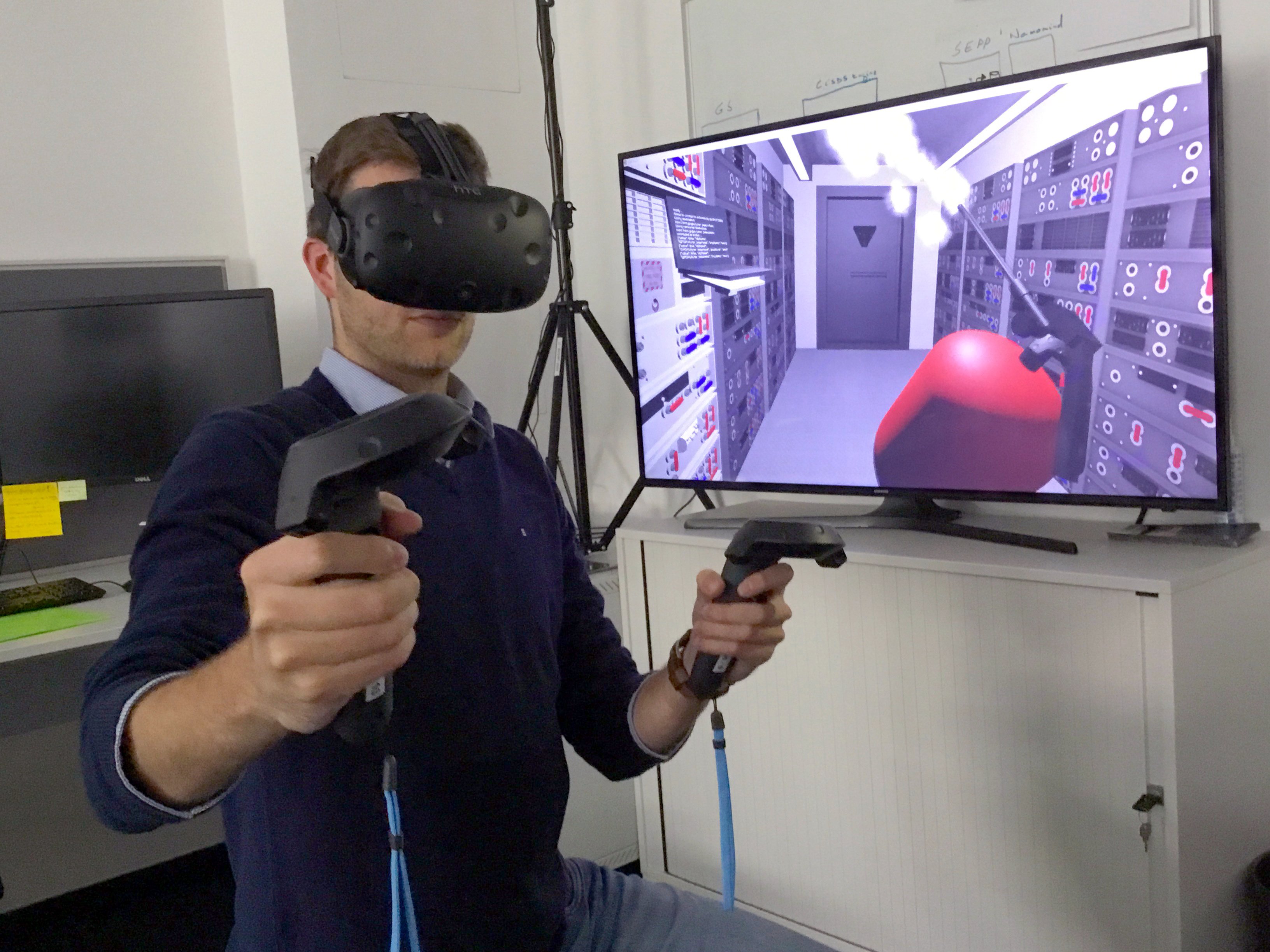Right now, there's a true explosion in new technologies and innovative processes happening in the manufacturing industry. Adoption of Industry 4.0 processes has brought a willingness to experiment and try out new ideas - as illustrated by this interesting article we found about the use of Virtual Reality (VR) and Augmented Reality (AR) in manufacturing spaces.
How VR And AR Are Enhancing Manufacturing Processes Around The World
First, a quick note on the differences between these two technologies. VR and AR are closely linked, and there's some overlap in terms of functionality. Both involve people wearing headgear and optics that change or enhance the user's vision. In the case of VR, this involves completely blocking off the outside world and creating new images via screens mounted within the headgear. AR, on the other hand, uses devices that look more like traditional transparent glasses or goggles, overlaying digital elements onto the user's normal vision.
The two are already beginning to merge in terms of functionality. Some high-end VR goggles, for example, include external cameras which can be used to pass through a view of the outside world to the internal screens. It's likely (although not guaranteed) that sometime in the future, the two types of wearable vision enhancement may merge into single multi-use devices.
Benefits of AR and VR in Real-World Scenarios
1. Improved warehouse picking
This is one of the most commonplace uses of AR in companies today, by groups like DHL and Amazon. Stock in warehouses are tagged with QR codes, or similar barcodes, which are 'seen' by the AR goggles and translated into human-readable information about the product. This has been shown to greatly reduce picking errors, while also improving picking speed. DHL, for example, has reported 25% improvements to overall efficiency using these techniques.
2. Refined training
One of the first uses for virtual reality was training, and VR continues to excel in this application. VR systems can replicate any kind of training scenario, allowing trainees to practice in a consequence-free environment. There's no risk of a trainee engineer breaking a training machine, when the machine is virtual! As far back as the 1990s, VR training has been shown to speed up onboarding and improve overall effectiveness of training, while lowering ongoing costs.
3. Smart product development
One of the most exciting applications for VR systems is in the realm of engineering and product development. Engineers at companies such as Ford and Lockheed-Martin are now beginning their designs in a virtual environment, allowing them to try out ideas and concepts much more quickly and more cheaply than if they were having to produce physical prototypes. As mechanical and physical simulations become more advanced, these virtual prototypes will only become more useful, reducing the need for physical prototyping prior to manufacturing.
4. Better building layouts
When laying out a working space, from offices to a factory, it can be difficult to know how 'workable' the design will be when implemented in real life. Even experienced architects can have trouble looking at blueprints and envisioning what day-to-day use of those spaces would actually be like. Virtual reality is changing this, by allowing architects and floor planners to create fully explorable virtual demonstrations of their plans, making it easier for managers to pick the best layouts for their needs.
These are just a few examples of how AR and VR are making their way into modern manufacturing, and it's exciting stuff! Right now, they're mostly confined to the top-tier businesses, but we aren't far from the day that these technologies are available to smaller operations as well.
LogicBay Helps Build Your Industry 4.0 Infrastructure
For advanced technologies to work for you in an Industry 4.0 setting, you need robust data, content and communication systems that facilitate the flow of information throughout your ecosystem. LogicBay has over a decade's experience helping companies make that happen.
Contact us to discuss our solutions and services, including content development that enhance engagement and learning outcomes with your sales and service audiences through formats like 3D Animations, Motion Graphics, Live Video, and Virtual Reality.
